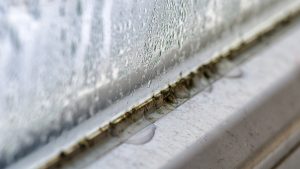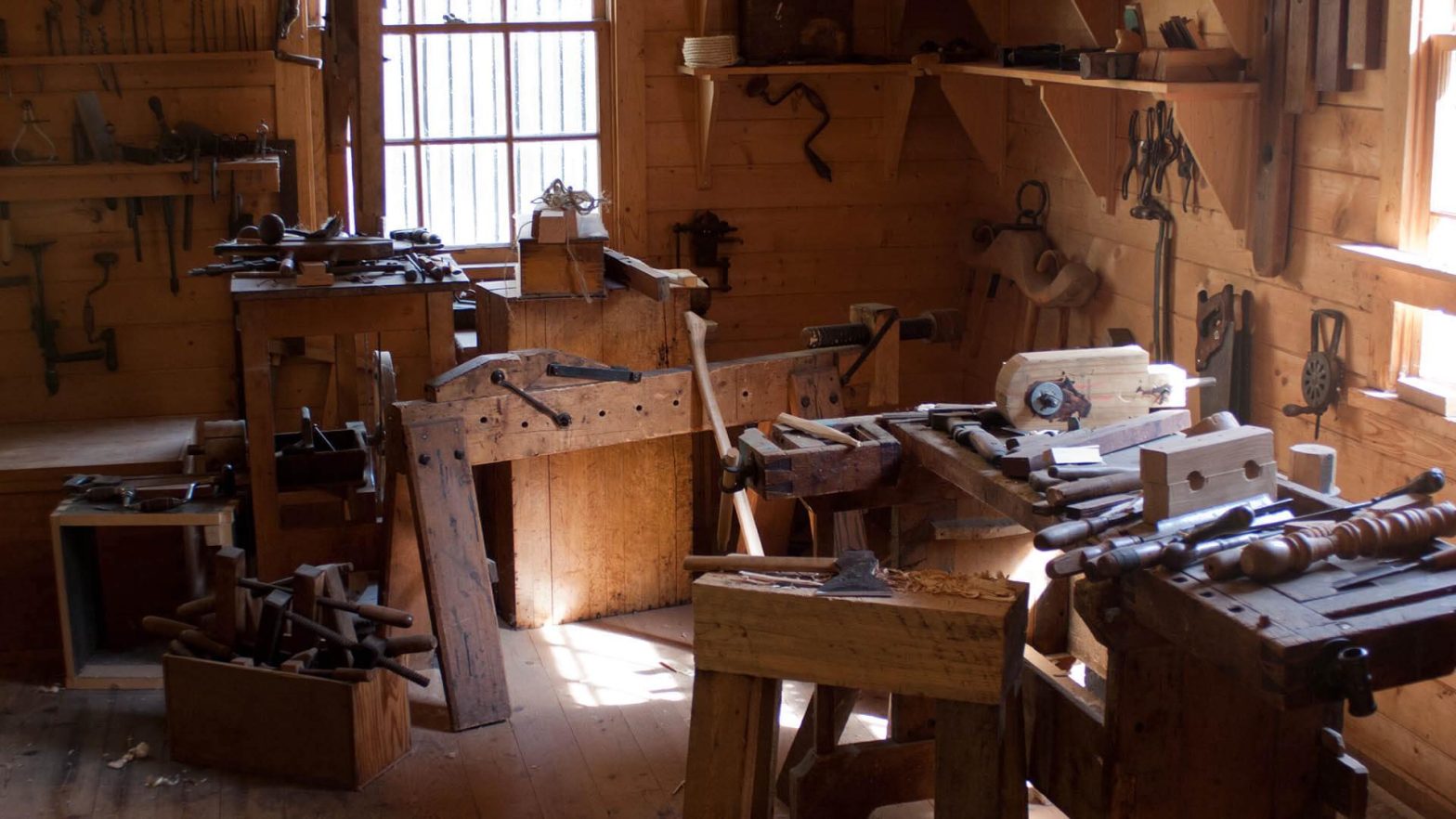What Can Most People Fix Around the House?
Introduction
Maintaining a home can often feel like a daunting task, with a never-ending list of repairs and improvements. However, not every issue requires a professional’s touch. Many common household problems can be easily fixed by most people with a little knowledge, a few tools, and a can-do attitude. In this article, we’ll explore some of the most common household issues that you can tackle on your own, from minor plumbing hiccups to electrical glitches and beyond. What can most people fix around the house?
Basic Tools for Home Repairs
Before diving into specific repairs, it’s important to have the right tools on hand. A well-equipped toolbox can make a significant difference in your ability to address various household issues. Here are some essential tools that every homeowner should consider having:
Screwdriver Set
A versatile screwdriver set is a must-have for any household. It can be used for tasks such as tightening loose screws, assembling furniture, and removing covers from electronic devices.
Adjustable Wrench
An adjustable wrench allows you to tackle plumbing repairs, tighten bolts, and fix leaky faucets. Its adjustable design makes it suitable for various sizes of nuts and bolts.
Plunger
A plunger is essential for clearing clogged toilets and drains. It creates the necessary suction to dislodge blockages and restore proper flow.

Tape Measure
Accurate measurements are crucial for a wide range of home improvement projects, from hanging pictures to installing shelves. A tape measure helps you achieve precision in your work.
Hammer
A hammer is useful for tasks like hanging artwork, assembling furniture, and making minor repairs. Choose a hammer with a comfortable grip and a claw for removing nails.
Common Repairs You Can Handle
1. Fixing a Leaky Faucet
A dripping faucet can be both annoying and wasteful. Often, the issue is a worn-out washer or O-ring. Turn off the water supply, disassemble the faucet, replace the faulty component, and reassemble the faucet. Be sure to follow manufacturer instructions for your specific faucet model.
2. Patching Holes in the Wall
Accidents happen, and small holes in the wall can result from moving furniture or other mishaps. Patching these holes is a straightforward process. Fill the hole with spackling compound, allow it to dry, sand the surface, and paint over the patch to match the wall color.
3. Unclogging Drains
Clogged drains are a common occurrence in many households. Start by using a plunger to create suction and dislodge the blockage. If that doesn’t work, try using a drain snake to physically remove the debris causing the clog.
4. Replacing a Light Fixture
Upgrading a light fixture can instantly transform a room. Turn off the power to the fixture, remove the old fixture, connect the wires of the new fixture following the manufacturer’s instructions, and secure it in place.

5. Fixing Running Toilets
A running toilet can waste a significant amount of water. Remove the tank lid, adjust the chain or flapper to ensure proper seal, and clean any mineral buildup that might be affecting the flushing mechanism.
6. Caulking
Caulking is essential for sealing gaps and preventing water damage in bathrooms and kitchens. Remove old caulk, clean the area, and apply a fresh bead of caulk to create a watertight seal.
Knowing Your Limits
While there are many repairs you can handle on your own, it’s important to recognize your limitations. Some tasks, such as major electrical work, complex plumbing projects, or structural repairs, require the expertise of a trained professional. Attempting these repairs without proper knowledge and experience can lead to costly mistakes and safety hazards. https://nazbuild.com.au/
Conclusion
In conclusion, many common household issues can be successfully addressed by most people with the right tools, a little research, and a willingness to learn. From fixing leaky faucets to patching holes in the wall, these repairs can save you time and money while giving you a sense of accomplishment. Remember to prioritize safety, know your limits, and don’t hesitate to seek professional help when needed. With a proactive and resourceful approach, you can become a more confident and capable homeowner.

